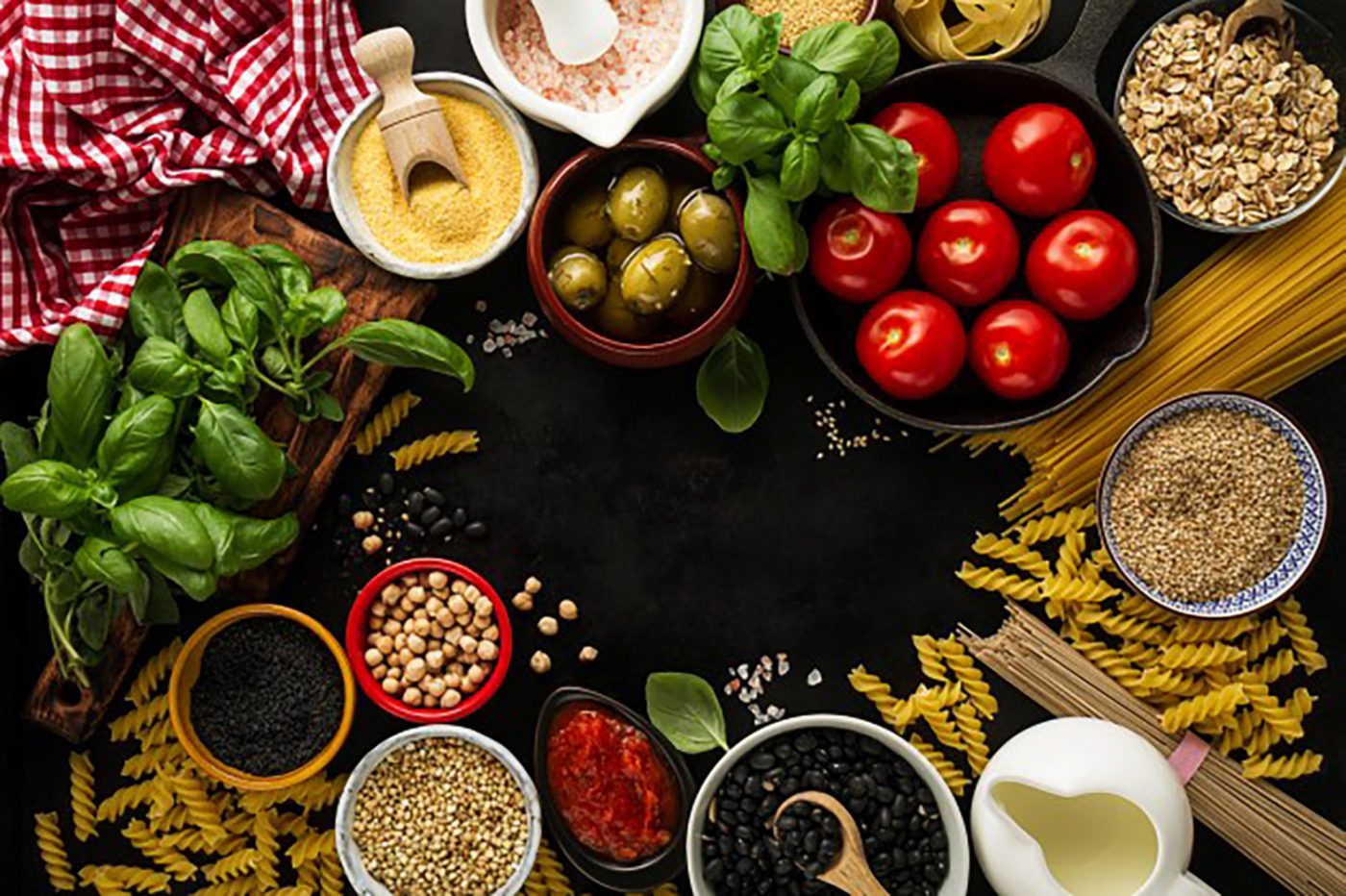Italian cooking is particular and eminent, following back a thousands of years ago. Similarly as with every single incredible food of the world, Italian cooking is a composite of impacts from a wide range of societies over a huge region of time. Today, we investigate the social effects on Italian food – from classical times to exhibit day.
THE BEGINNINGS OF ITALIAN CUISINE
The beginnings of Italian cooking can be followed back to ancient Rome – both the food itself and the soul of eating. The Roman Empire extended over a huge territory of the old world, from the Middle East to North Africa to the Mediterranean. As the Roman Empire vanquished distinctive zones, the flavors and elements of these terrains were joined into Roman food.
Dishes of the Roman Empire incorporated the extraordinary and the commonplace. Staples of the regular Mediterranean eating routine can be found in these early beginnings, with things, for example, wine, olive oil, bread, vegetables, vegetables, and cheeses. Romans likewise tried different things such as, ostrich meat, fish sauces, and broiled amusement.
Pasta, a standout amongst Italy's most acclaimed food, is followed back to the Etruscans who vanquished Rome in 800 BC. Sustenance history specialists have distinguished a wall painting in an Etruscan tomb which portrays the creation of pasta: cooks are demonstrated blending flour and water, with apparatuses, for example, a moving pin and a cutting machine. Other early impacts on pasta incorporate the Greeks, who presented makrios – maybe an antecedent of macaroni, and the Arabs, who presented ittrya, an early predecessor of fusilli.
In the 1st century AD, we discover one of the world's most established known cookbooks, De re coquinaria (On Cookery), aggregated by Marcus Gavius Apicius. This cookbook gathers antiquated Roman recipes. In these early years, bread making was introduced to Romans by the Greeks, and maturation of grapes turned grape juice to wine.
ITALIAN CUISINE IN THE MIDDLE AGES
After the fall of the Roman Empire, the area was vanquished by a wide range of gatherings, from the Visigoths to the Byzantines to the Arabs to the Normans to the Huns. Until the reunification of Italy in 1860, the numerous gatherings traveling through left a permanent imprint on Italian life, yet additionally Italian cooking.
Amid the Middle Ages, Sicily was involved by Arab Muslims. Amid this period, a wide range of flavors and natural products were brought into the promontory. Moreover, amid this time of ocean travel, inventive cooking systems were created to safeguard nourishment for long voyages. From this time, we discover the advancement of dried pasta.
Religion additionally assumed a huge job on Italian food amid this time. In the Christian confidence, numerous dietary limitations were set, as various sustenances were related with wrongdoing and sexuality (for example the apple of Adam and Eve). Meat was eaten sparingly for religious reasons, and in this manner the fame of fish, bread, cheddar, egg, vegetables, and organic product started to rise.
CULINARY REBIRTH IN THE RENAISSANCE
The Renaissance extraordinarily affected food in Italy, with expanded correspondence between neighboring nations in Europe. With thick urban focuses the site of exchange and business, the job of cooking changed inside Italy, moving far from disengaged horticultural conventions. Presently, sustenance turned into a wellspring of pleasure and social trade. Amid this time, a wide range of flavors and fixings went through Italy's ports, and kitchens of the well off were staffed with expert cooking staff.
Amid this time, the tomato was acquainted with Italy by the Spanish, who was administering Naples. Tomatoes were local to Peru, and the inception of the word originates from the Mayan xtomatl. It didn't take long for tomatoes to turn into a staple in Italian cooking. Different sustenances from "the New World" incorporate zucchini, peppers, squash, beans, corn, and chocolate. These nourishments have now advanced into staples of Italian cooking.
ITALY REUNIFIED IN 1860
At the point when Italy brought together in the mid-nineteenth century, the particular kinds of various topographical areas of the landmass wound up Italian cooking. The areas of Italy, right up 'til the present time, feature the different exhibit of ingredients and flavors.
In a consistently developing globalization, Italian food has been shared far and wide, taking on territorial flavors in nations around the globe and itself turning into a social impact. In Canada, for instance, you will discover the impact of Italian cooking in spots, for example, Toronto with the muffuletta.
Furthermore, in our little corner of the world in Oakville, you'll discover the absolute best Italian food at Parlato's Catering....
Click here!
